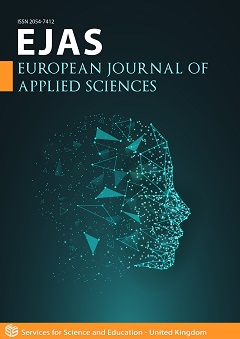An Innovative Paradigm and Proposal of the Universe Including Gravity, Magnetic Field, and Magnetic Shielding
DOI:
https://doi.org/10.14738/aivp.124.17289Keywords:
gravity formula, universe, gravitational shielding, antigravity, speed of lightAbstract
The universe is expanding and is believed to be infinite. Therefore, we should consider the physical nature of the universe as an infinite and endless matter. To begin with the speed of light by Einstein’s theory , in which speed of light is fastest, that theory should be stated on the earth only, or at most in the Galactic system only. Because , somewhere in the universe there might be some object which runs faster than light. The gravity formula on the earth should include the effect of magnetic fields and they should be considered te be the following two types; Akaho’s gravity formula-1 for two mases on the Earth which is F = G (M is the mass of object M, and H is the magnetic value of object M. N is the mass of object N and P is the magnetic value of object N. r is distance between M and N. G is 6.67259 x 10-11m3 .S-2 .kg-1). Akaho’s formula-2 is, F = (M is the mass of the Earth which is 5.973 ×1024 Kg. H is magnetic field of the earth which ranges from 25,000 to 65,000 nanoteslas depending on the location. N is the mass of N. P is the magnetic field of the object N. ) . We don’t have to use G because we used the actual values of mass and magnetic field of the earth.-
The universe is expanding constantly, and it is an endless object (or just a mass). Anything can exist and/or happen. For these the present mankind are not aware of them. As far as gravity shielding or antigravity is concerned various projects or proposal have been taking place. Those include creation of antigravity from electromagnetism, transversal suspended accelerometer designed to investigate the effect of gravity shielding, and non-magnet methods of propagation to create thrust. Something intriguing device and/or idea will be developed in the near future.
Downloads
Published
How to Cite
Issue
Section
License
Copyright (c) 2024 Eiichi Akaho

This work is licensed under a Creative Commons Attribution 4.0 International License.






